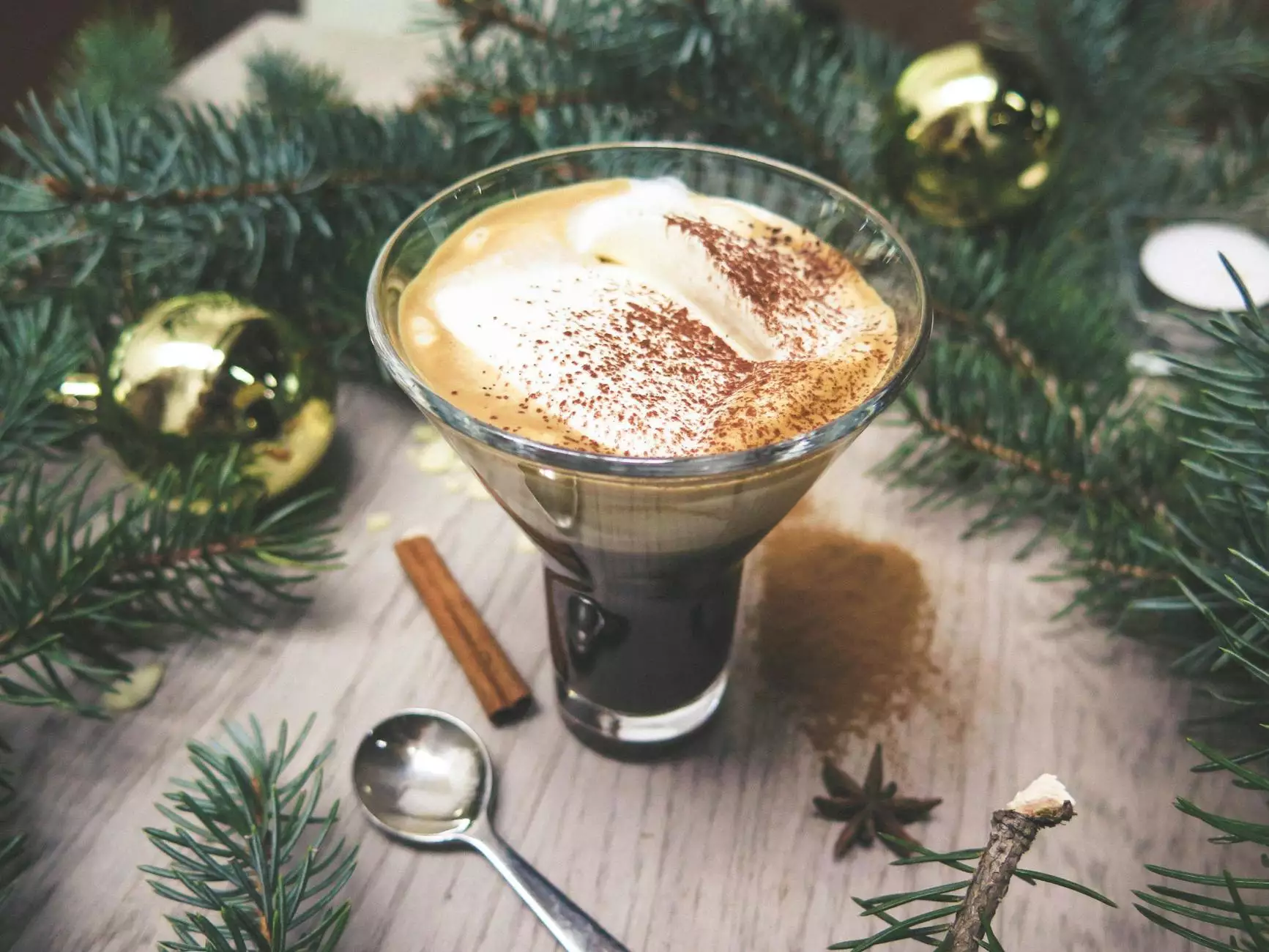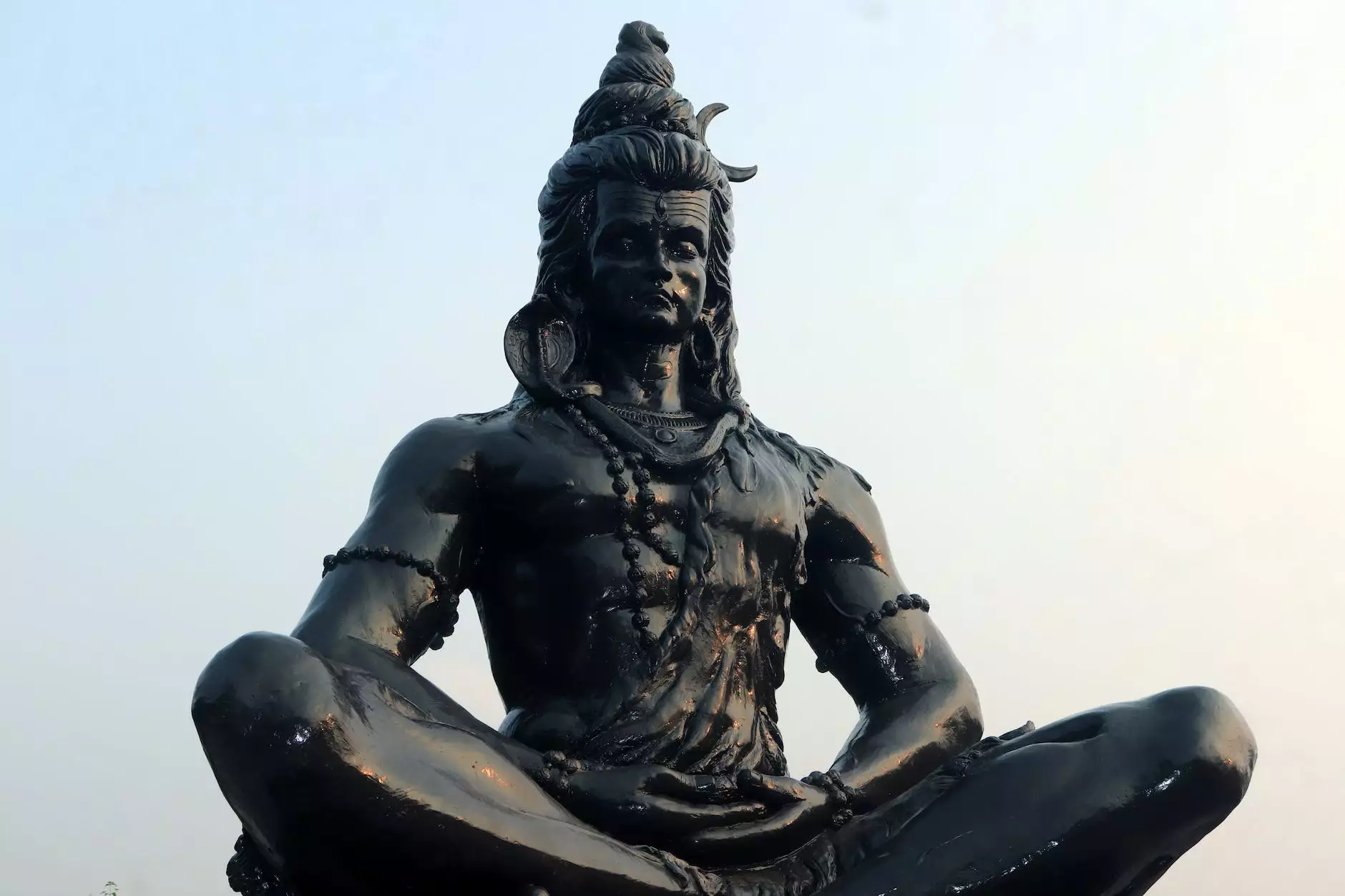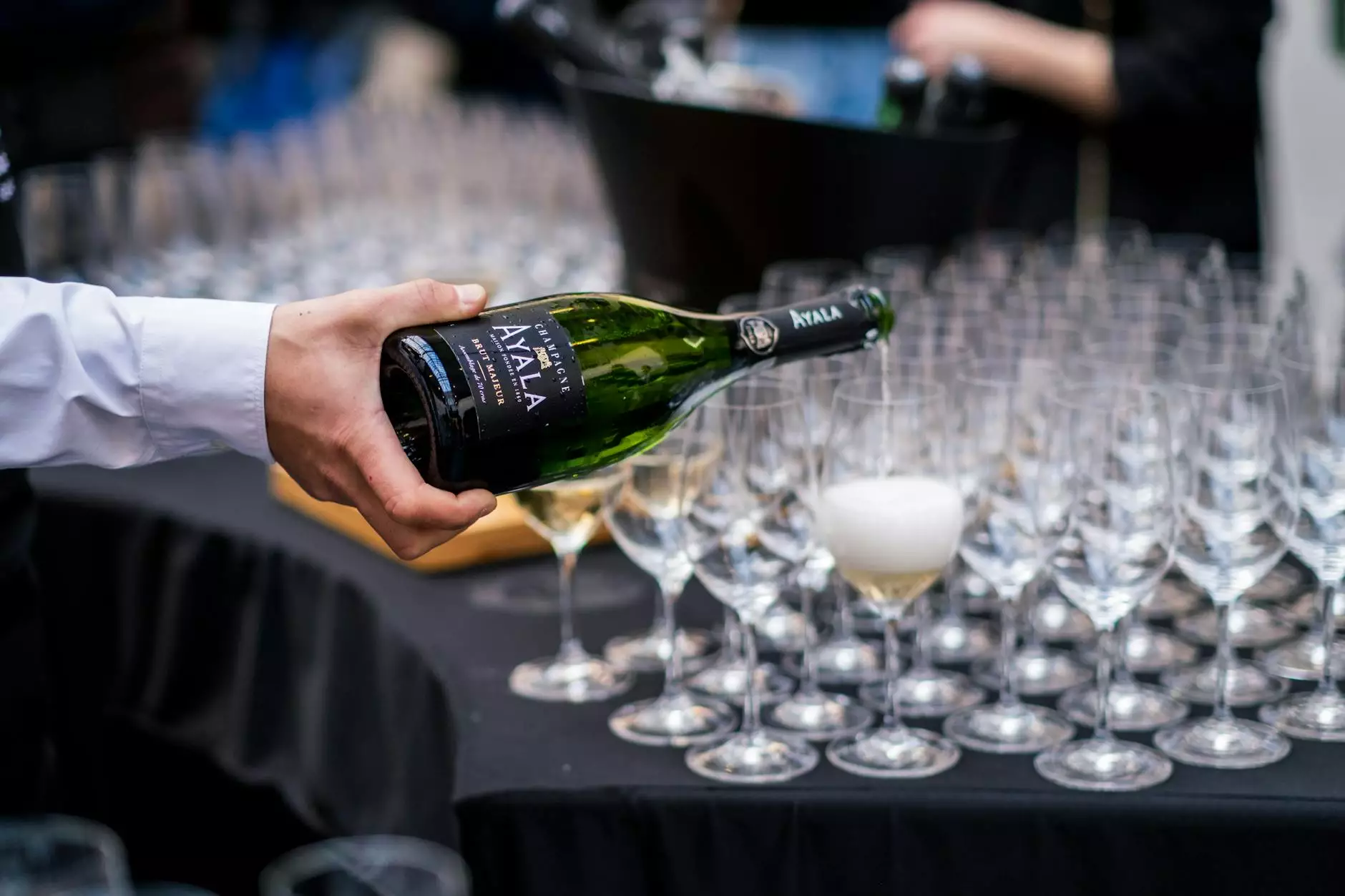Arabica vs Robusta vs Liberica: Unraveling the World of Coffee

Coffee is not just a beverage; it’s a ritual, a culture, and for many, a lifeline. The intricate nuances of coffee come from its diverse species, primarily Arabica, Robusta, and Liberica. Each of these coffee types contributes to the rich tapestry of flavors and experiences that coffee lovers cherish worldwide. In this comprehensive guide, we will explore these three coffee giants: their origins, characteristics, flavor profiles, and the best brewing techniques for each.
Understanding Coffee Varietals
Coffee plants belong to the genus Coffea, which includes over 100 species. However, only a handful are cultivated for commercial purposes. The most prominent are:
- Coffea Arabica (Arabica)
- Coffea Canephora (Robusta)
- Coffea Liberica (Liberica)
Arabica: The Gourmet Choice
Arabica coffee, accounting for approximately 60-70% of global coffee production, is widely regarded as the superior species. Grown primarily in high-altitude regions, Arabica thrives in specific climates that offer distinct growing conditions.
Characteristics of Arabica Coffee
Arabica beans are typically oval-shaped and have a central crease that runs along one side. They are known for their mild flavor and aromatic qualities, often featuring subtle notes of fruit and sugar. This species contains less caffeine than Robusta, giving it a smoother taste.
Flavor Profile
The flavor profile of Arabica is often described as:
- Smooth
- Sweet
- Fruity
- Floral
- Complex
With delicate acidity and a rich aroma, Arabica is favored for specialty coffees and is often enjoyed black or with light additives.
Ideal Growing Conditions
Arabica coffee thrives at higher elevations (600 to 2,000 meters) and requires specific rainfall and temperature conditions, typically between 15-24°C (59-75°F). The slow maturation process contributes to its complex flavor, making it highly sought after.
Robusta: The Bold Contender
Robusta coffee is the second most popular coffee species, accounting for 30-40% of global production. It is easier to cultivate and is typically grown at lower altitudes, making it a favorite among commercial coffee producers.
Characteristics of Robusta Coffee
Robusta beans are rounder and smaller than Arabica beans, with a straight crease on one side. They boast higher caffeine content, which gives them a more bitter flavor.
Flavor Profile
The flavor profile of Robusta is characterized by:
- Bitter
- Earthy
- Nutty
- Chocolatey
- Full-bodied
Robusta is often used in espresso blends due to its ability to produce a rich crema and bold flavor, making it a favorite for those who prefer a stronger coffee.
Ideal Growing Conditions
Robusta coffee plants are hardier and can withstand lower altitudes, thriving in temperatures of 24-30°C (75-86°F). These plants require less care and are more resistant to pests, making them less expensive to grow.
Liberica: The Unique Flavor Experience
Liberica coffee is perhaps the least known of the trio, accounting for only a small fraction of global coffee production. Originally native to West Africa, it is now primarily grown in the Philippines and parts of Malaysia.
Characteristics of Liberica Coffee
Liberica beans are larger and irregularly shaped, often resembling a teardrop. They possess a unique odor that is often described as *fruity* and *woodsy*, making them a fascinating choice for adventurous coffee drinkers.
Flavor Profile
The flavor profile of Liberica is distinct and can include:
- Fruity (often described as having hints of dark fruits)
- Floral
- Woody
- Smoky
- Spicy
Its unique flavor makes Liberica an acquired taste, appealing to those looking for something different from the mainstream.
Ideal Growing Conditions
Liberica flourishes in tropical climates with rainfall averaging 1,500 to 2,000 mm yearly. It is less susceptible to disease than Arabica but requires specific conditions for optimal growth.
Comparative Analysis: Arabica vs Robusta vs Liberica
When comparing these coffee species, several factors come into play:
FeatureArabicaRobustaLibericaFlavorMild, complex, fruityBitter, full-bodied, earthyUnique, fruity, woodyCaffeine ContentLow (1-1.5%)High (2-2.5%)Medium (1.5-2%)Shape of BeansOval, flatRound, straight creaseIrregularBest UsesSpecialty coffee, brewed blackEspresso blends, robust drinksSingle-origin brews, unique blendsBrewing Techniques for Maximum Flavor
Each coffee species benefits from specific brewing methods to enhance their unique flavors. Here are some recommended brewing techniques:
Brewing Arabica
For Arabica coffee, which has delicate flavors, methods such as pour-over or French press work wonderfully. Here’s how to brew a perfect cup:
- Use fresh, coarsely ground beans.
- Heat your water to around 90-95°C (194-203°F).
- Pour the water slowly over the coffee grounds.
- Allow it to steep for 3-4 minutes before enjoying your brew!
Brewing Robusta
For a bolder Robusta brew, espresso machines are ideal due to their ability to extract the richness of the beans:
- Use fine coffee grounds.
- Set your espresso machine to a higher pressure.
- Brew for about 25-30 seconds for the perfect shot.
Brewing Liberica
Given its distinctive flavor profile, brewing Liberica often involves experimenting. A simple method is a cold brew:
- Use a coarser grind.
- Mix with cold water at a 1:4 ratio.
- Let it steep in the fridge for 12-24 hours.
- Strain and serve over ice!
The Future of Coffee: Sustainability and Trends
As environmental concerns grow, the coffee industry is addressing sustainability in production. Organic farming, shade-grown coffee, and fair-trade practices are becoming increasingly popular. With hybrid species and new cultivation techniques emerging, the world of coffee is evolving.
Conclusion
In conclusion, understanding the differences between Arabica, Robusta, and Liberica enables coffee enthusiasts to appreciate the rich diversity within the coffee world. Each species offers distinct flavors and characteristics, making the exploration of coffee an endless journey. Whether you prefer the smooth sweetness of Arabica, the boldness of Robusta, or the uniqueness of Liberica, there is a world of coffee awaiting your discovery.
For more insights on coffee and to explore the latest trends, visit Coffee Video Magazine.









